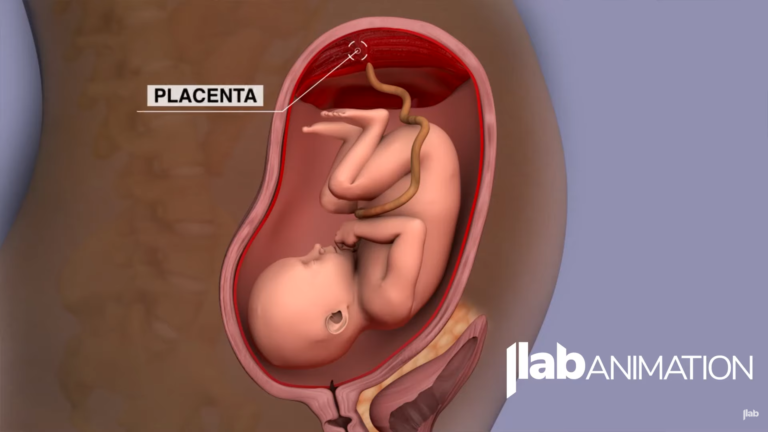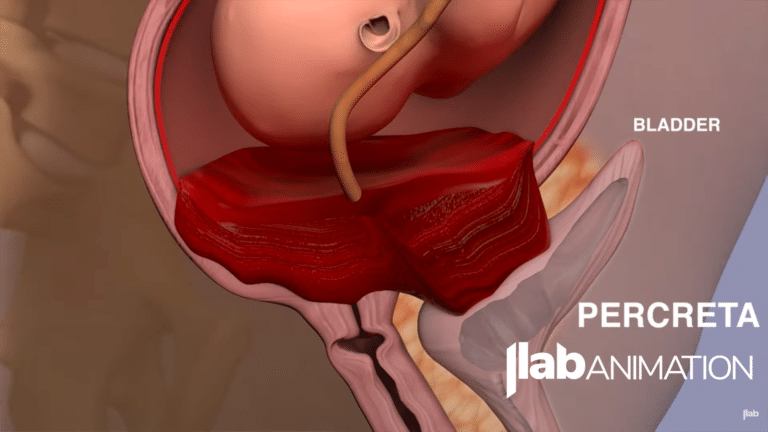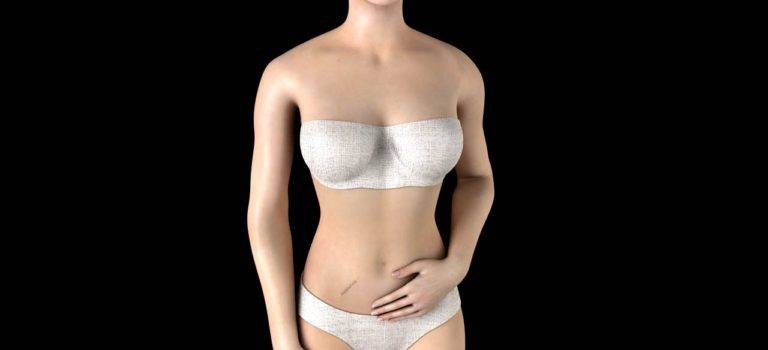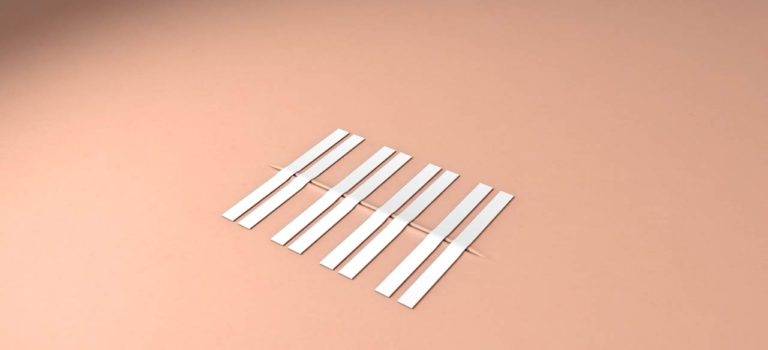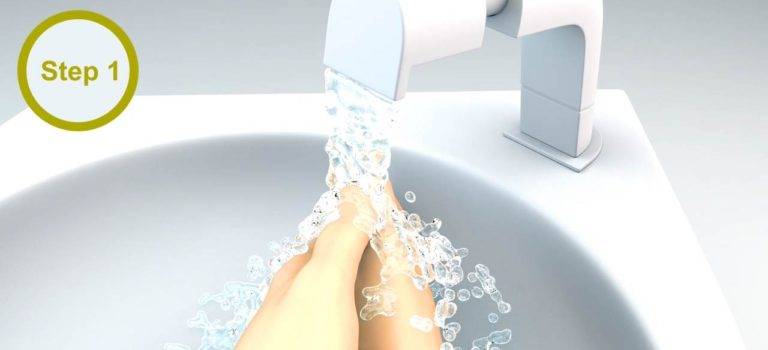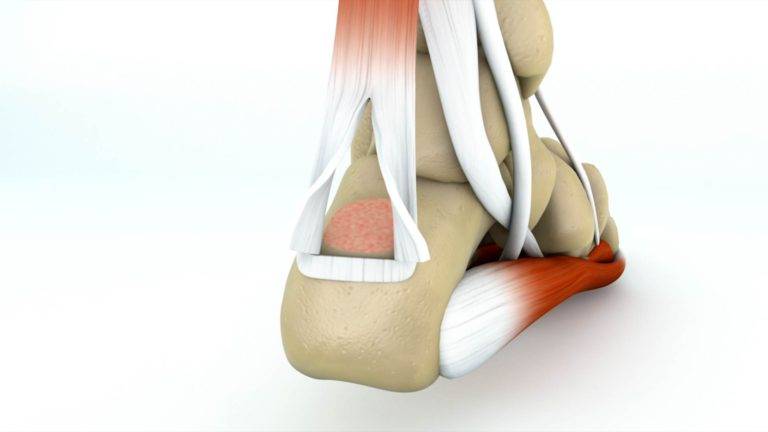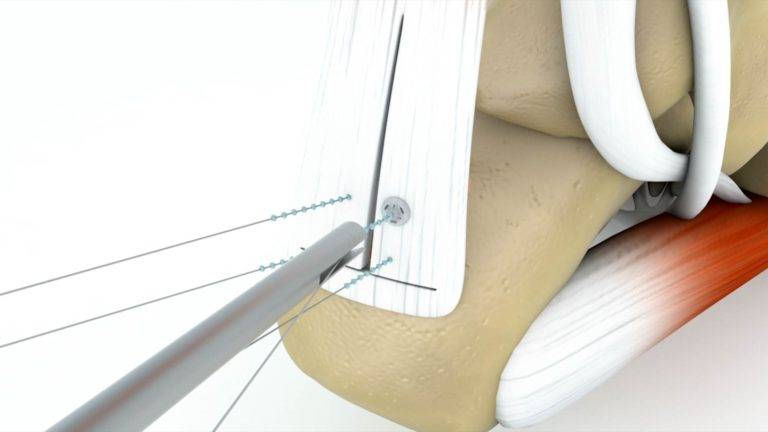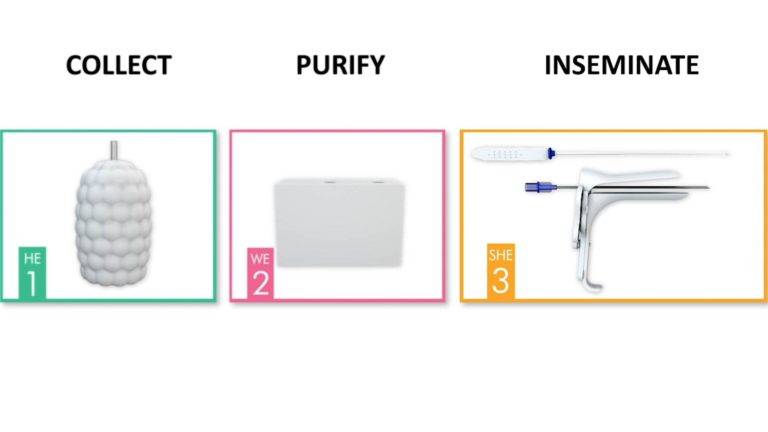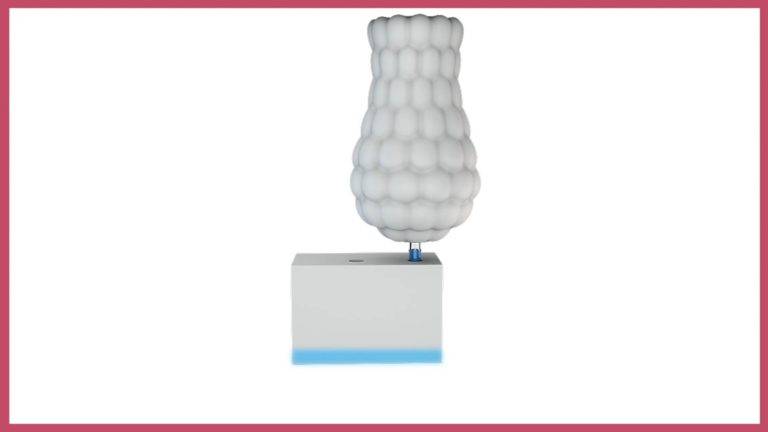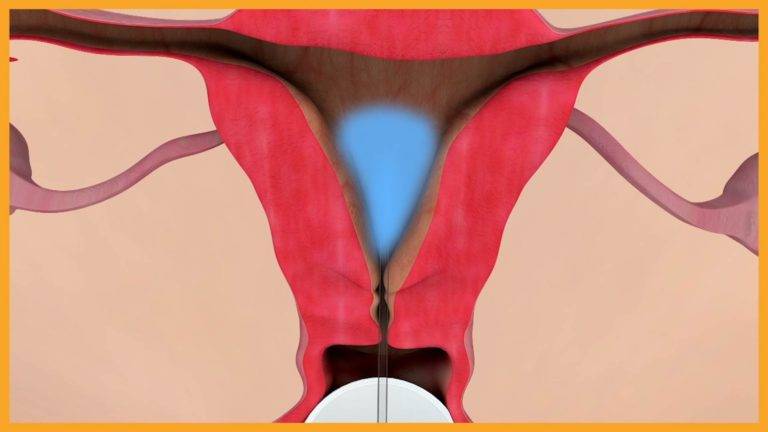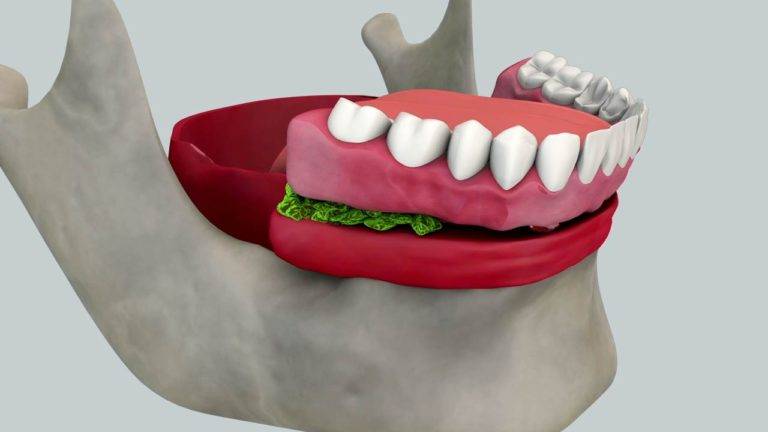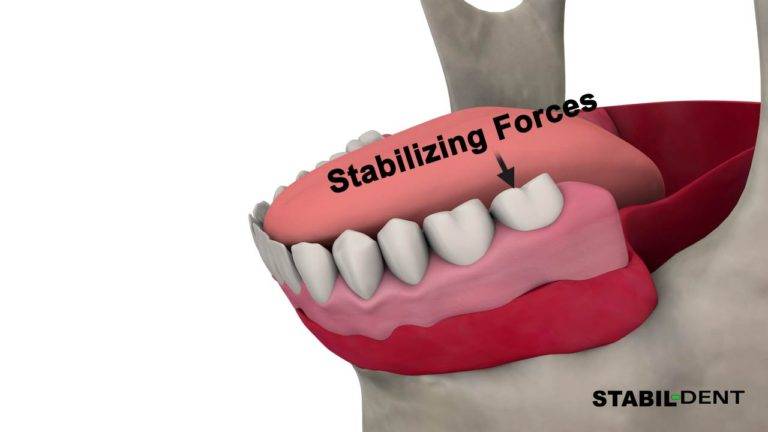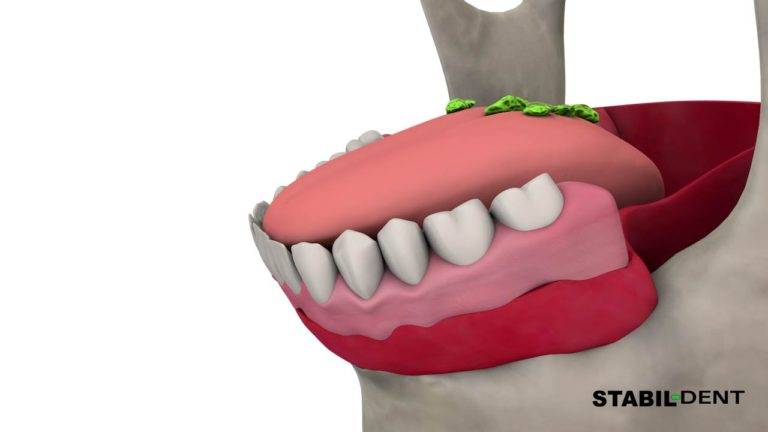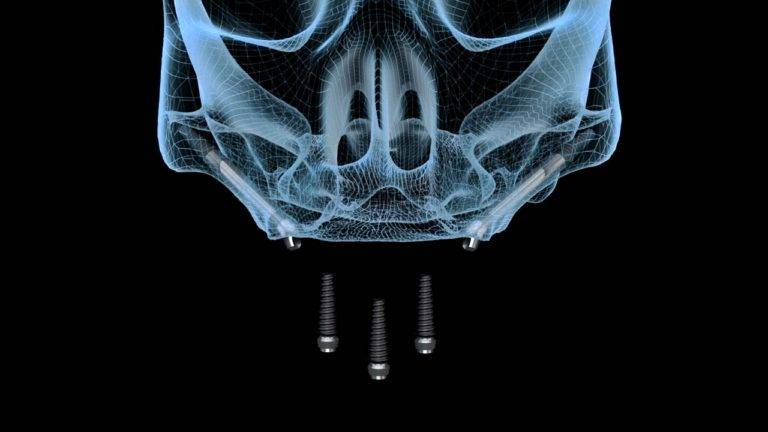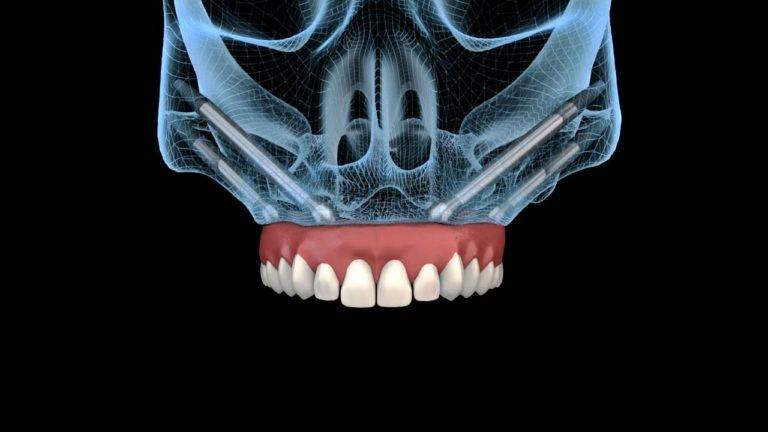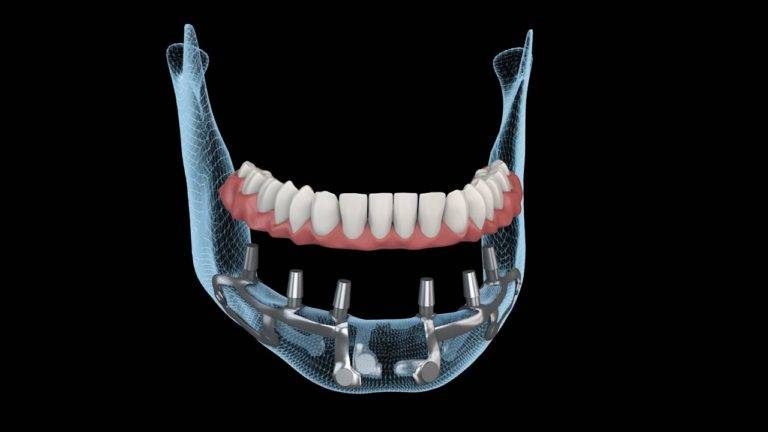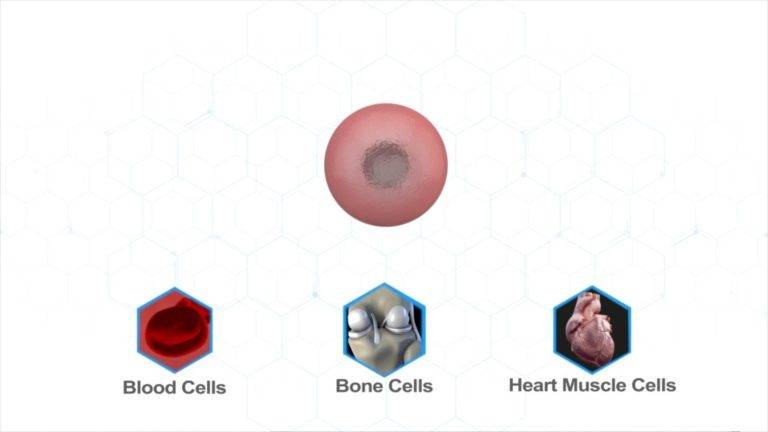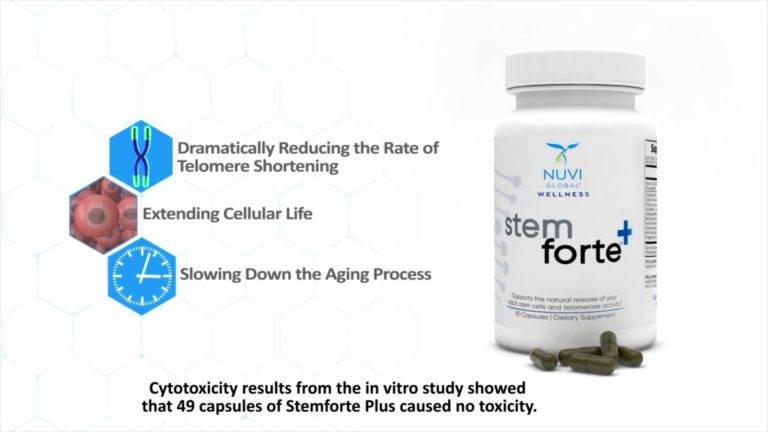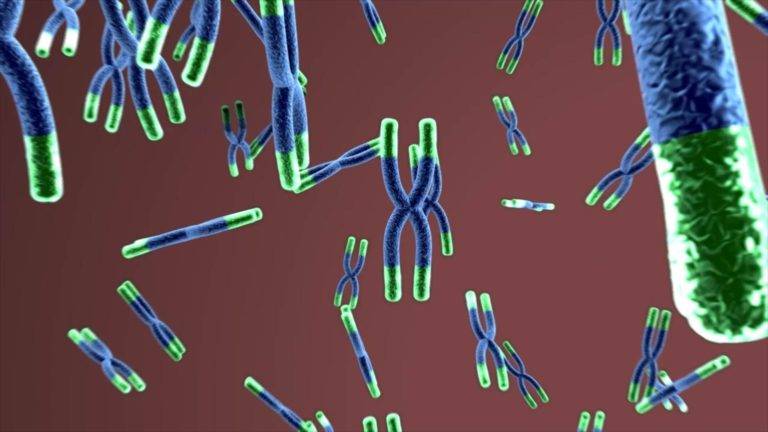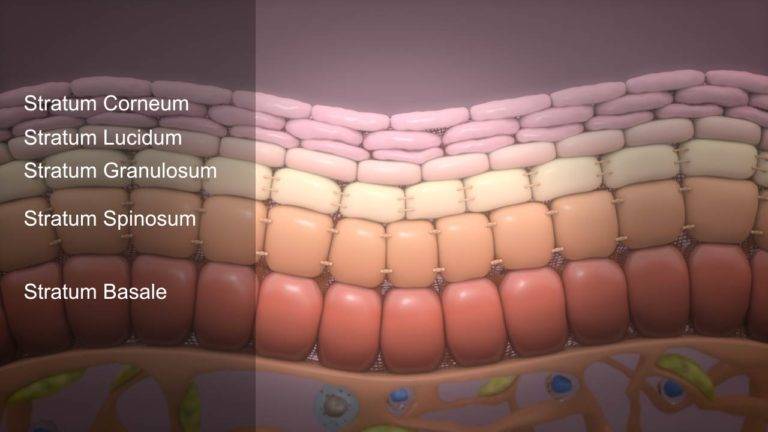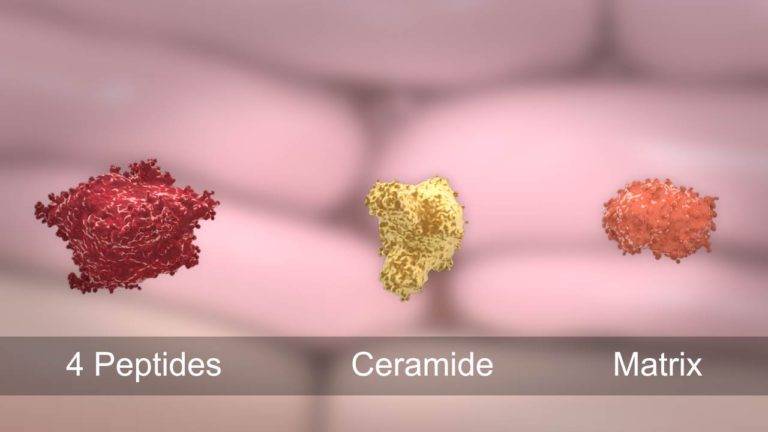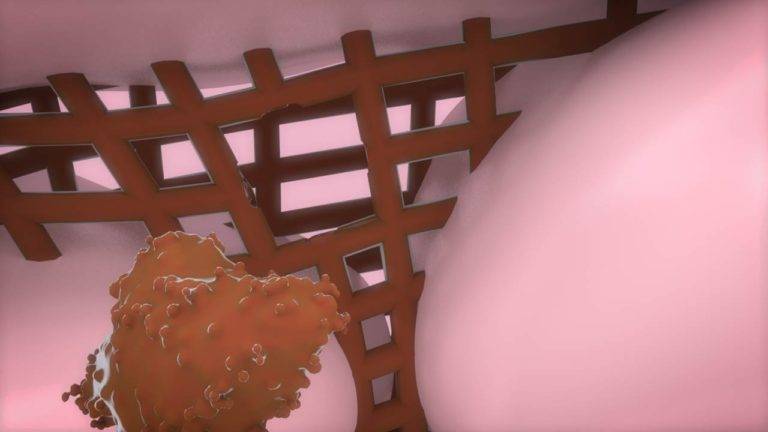Legal Animations
Legal animations are a relatively new form of technology that has been growing in popularity in recent years. They are essentially computer-generated simulations that help lawyers, judges, and juries understand complex legal concepts, evidence, and testimony.
Legal animations can be used to demonstrate everything from traffic accidents and crime scenes to medical procedures and product defects. They can also help to clarify the testimony of witnesses and experts, making it easier for juries to understand the evidence being presented in court.
The Benefits of Legal Animations
There are many benefits to using legal animations in legal proceedings. Some of the most notable include:
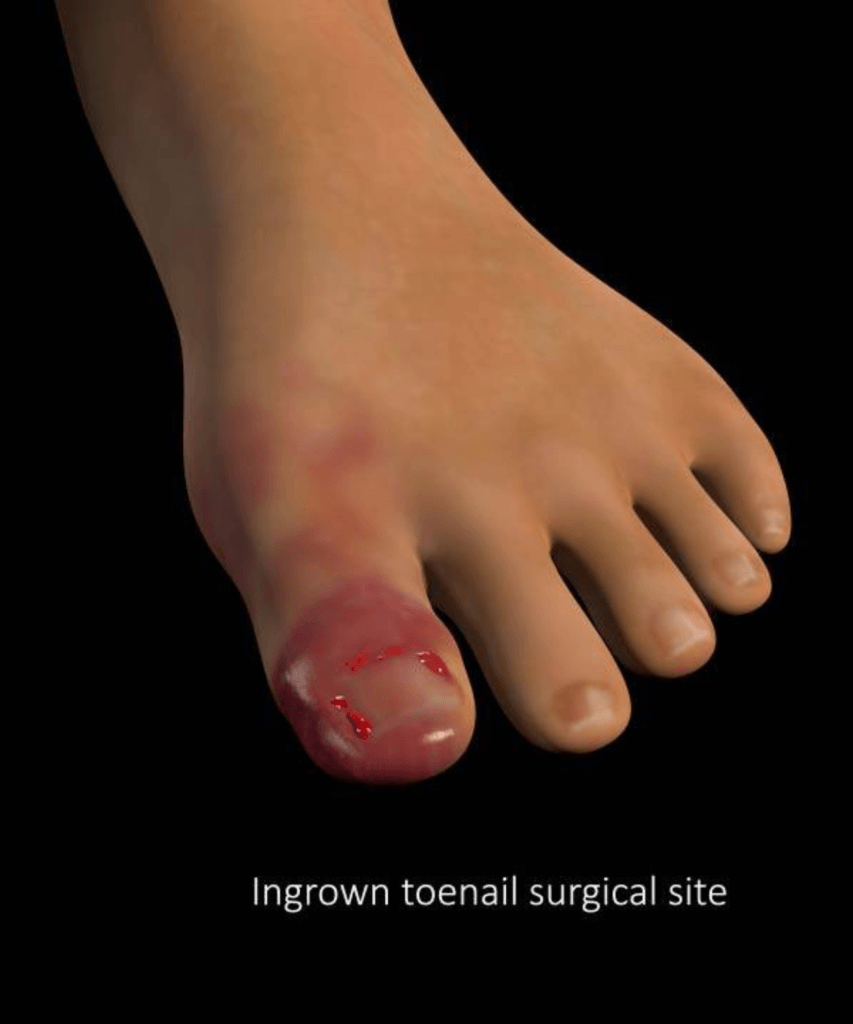
- Clarification of Complex Concepts: Legal animations can help to make complex legal concepts, such as medical procedures, product defects, or traffic accidents, easier to understand. This is particularly useful when the testimony of witnesses or experts may be confusing or difficult to follow.
- Demonstration of Evidence: Legal animations can help to demonstrate the evidence in a case in a clear and convincing manner, making it easier for juries and legal decision-makers to understand the details of a particular case.
- Enhancement of Testimony: Legal animations can help to enhance the testimony of witnesses and experts by allowing them to demonstrate the details of their testimony in a visual and engaging manner.
- Improved Retention of Information: Legal animations can help to improve the retention of information by juries and other legal decision-makers. Studies have shown that people tend to remember information better when it is presented in a visual format, and legal animations can help to ensure that the details of a case are remembered more clearly and accurately.
5. Increased Persuasion: Legal animations can help to increase the persuasive power of legal arguments, as they allow lawyers to present their case in a clear and convincing manner. By demonstrating the evidence in a clear and engaging way, legal animations can help to sway juries and legal decision-makers in favor of one side or the other.
The Forms of Legal Animations
Legal animations can take many different forms, depending on the specific needs of a particular case. Some of the most common forms of legal animations include:
- 3D Animations: 3D animations are computer-generated simulations that can help to demonstrate complex concepts, such as medical procedures, product defects, or traffic accidents. They can also be used to create virtual tours of crime scenes, buildings, or other locations.
- Motion Graphics: Motion graphics are animated illustrations that are used to demonstrate legal concepts, evidence, or testimony. They can be used to create visual aids, such as timelines, diagrams, or flowcharts that help to explain complex information in a clear and engaging way.
- Animated Testimony: Animated testimony is a form of legal animation that is used to demonstrate the testimony of witnesses or experts. This type of animation can help to clarify the details of testimony and make it easier for juries and other legal decision-makers to understand the evidence being presented in court.
- Interactive Animations: Interactive animations are computer-generated simulations that allow users to interact with them, such as by changing the viewing angle, zooming in, or manipulating elements of the animation. This type of animation can be particularly useful for demonstrating the details of a particular case.

Legal animations are increasingly being used in court proceedings to help clarify complex concepts, evidence, and testimony. They are typically used in civil trials, criminal trials, and other legal proceedings where it is important for juries and other legal decision-makers to have a clear and accurate understanding of the evidence being presented.
In court, legal animations are typically presented as exhibits that are displayed on a screen or projected onto a wall. They may be used to demonstrate the details of a particular case, such as the trajectory of a bullet or the steps involved in a medical procedure. They may also be used to clarify the testimony of witnesses or experts, making it easier for juries and legal decision-makers to understand the details of their testimony.
Legal animations are typically created by specialized animation studios that work with lawyers and legal professionals to produce animations that are tailored to the specific needs of a particular case. These studios typically employ animators, graphic designers, and other specialists who have the technical skills and experience needed to create high-quality legal animations.
The Criticisms of Legal Animations
While legal animations have been embraced by many lawyers and legal professionals as a valuable tool in the legal system, they are not without their criticisms. Some of the most common criticisms of legal animations include:
- Bias: Legal animations can be biased in favor of one side or the other, if the person creating the animation has an agenda or is not impartial. This can lead to the presentation of misleading information to juries and other legal decision-makers, which can compromise the integrity of the legal process.
- Cost: Legal animations can be expensive to produce, particularly when they are highly detailed or complex. This can limit their use to high-value cases or those where the cost can be justified.
- Misrepresentation: Legal animations can sometimes misrepresent the evidence or testimony in a case, if they are not created in accordance with the facts. This can lead to juries and other legal decision-makers being misled, which can have serious consequences for the outcome of a case.
- Lack of Regulation: There is currently little regulation of the use of legal animations, which means that anyone can create and use them, regardless of their level of expertise or qualifications. This can lead to low-quality animations that are not accurate or convincing.
JLab Animation - Legal Animations
Despite these criticisms, legal animations continue to be widely used in court proceedings, and they are increasingly being recognized as a valuable tool in the legal system. However, it is important that lawyers and legal professionals use legal animations in a responsible and ethical manner, and that they are careful to ensure that the animations they use are accurate and impartial.
The Future of Legal Animations
Some of the key trends and developments in the field of legal animations include:
Increased Use of Virtual Reality: Virtual reality (VR) technology is becoming increasingly accessible, and it is likely that legal animations will increasingly make use of VR in the future. This will allow juries and other legal decision-makers to experience virtual environments and simulations in a more immersive way, making it easier for them to understand complex concepts and evidence.
Improved Accuracy: Advances in computer graphics and animation technology will make it possible to create more accurate and convincing legal animations, helping to ensure that juries and legal decision-makers have a clear and accurate understanding of the evidence being presented in court.

Expansion into Other Legal Applications: Legal animations are currently used primarily in court proceedings, but it is likely that they will be used in other legal applications in the future, such as mediations, arbitrations, and other legal processes.
Increased Regulation: As legal animations become more widely used, it is likely that there will be increased regulation of their use, to ensure that they are used in a responsible and ethical manner and that their accuracy and impartiality are maintained.
Legal animations are a valuable tool in the legal system, providing a visual representation of complex concepts, evidence, and testimony in court proceedings. Whether used in court proceedings, mediations, or other legal processes, legal animations are an important tool that will continue to evolve and become more sophisticated as technology advances, providing a valuable aid in the quest for justice.


